Wooden Carved Pipe Bowl Item Number: E337354-0 from the National Museum of Natural History
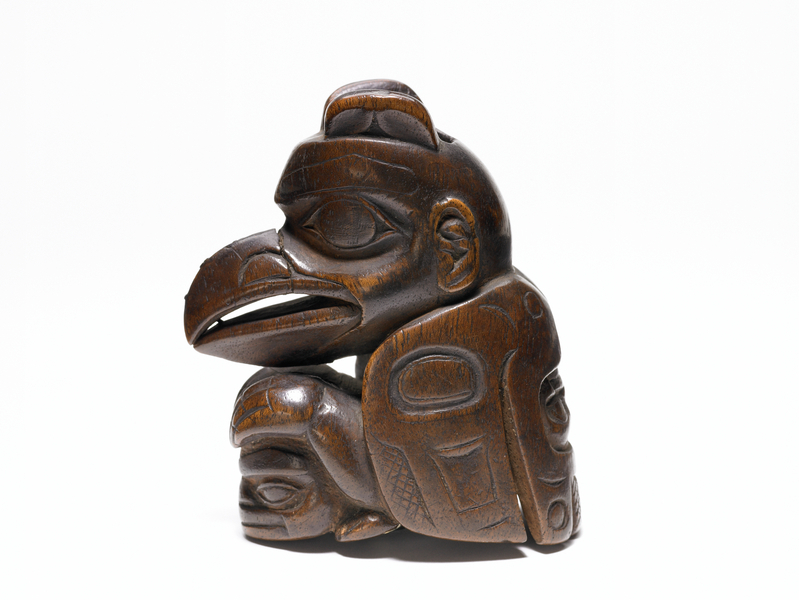
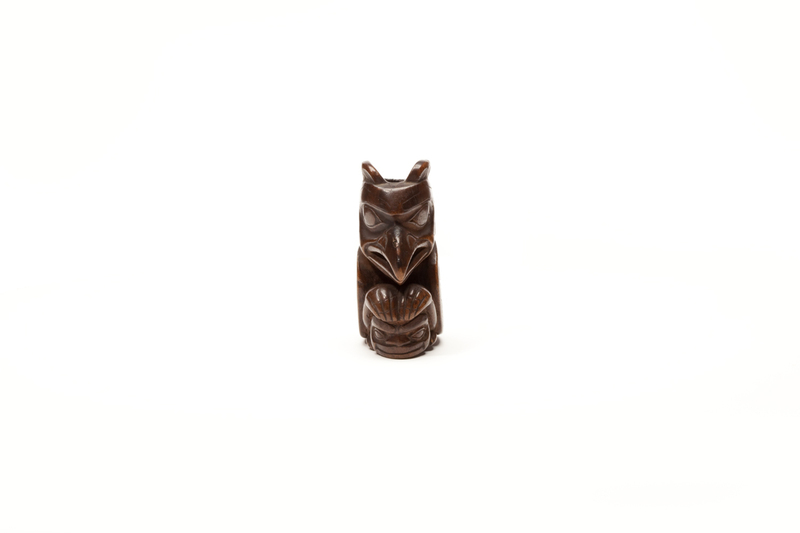

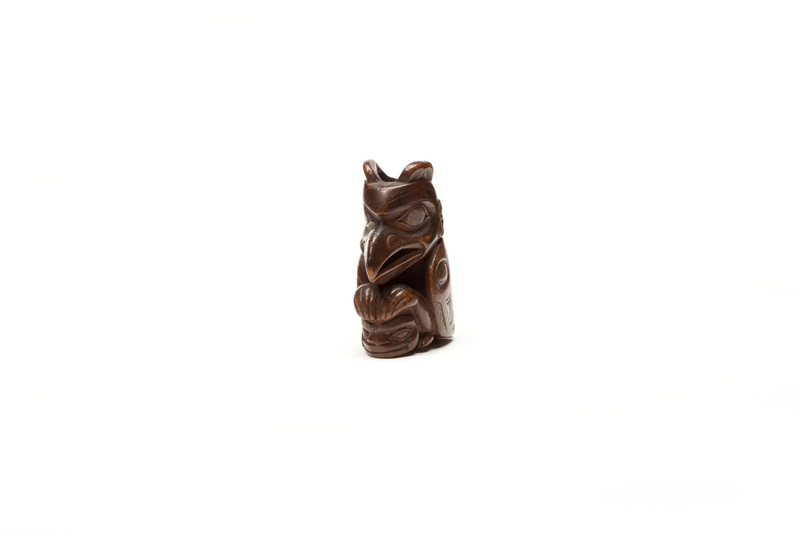
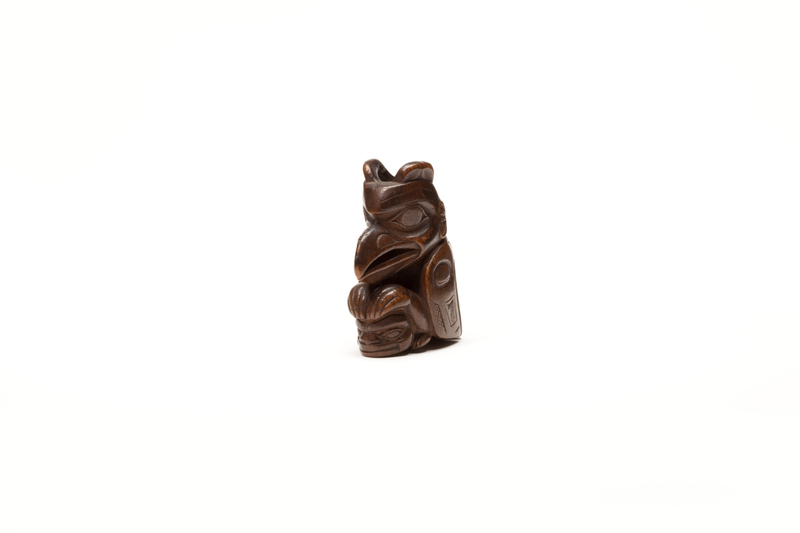
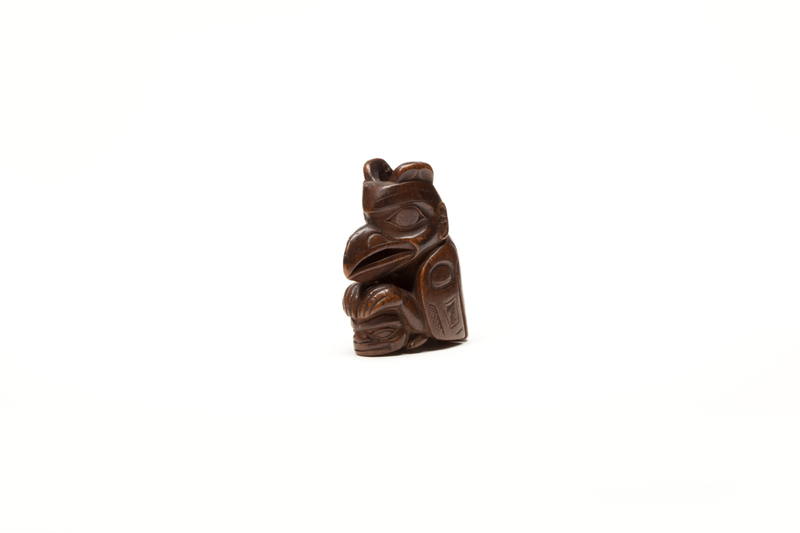

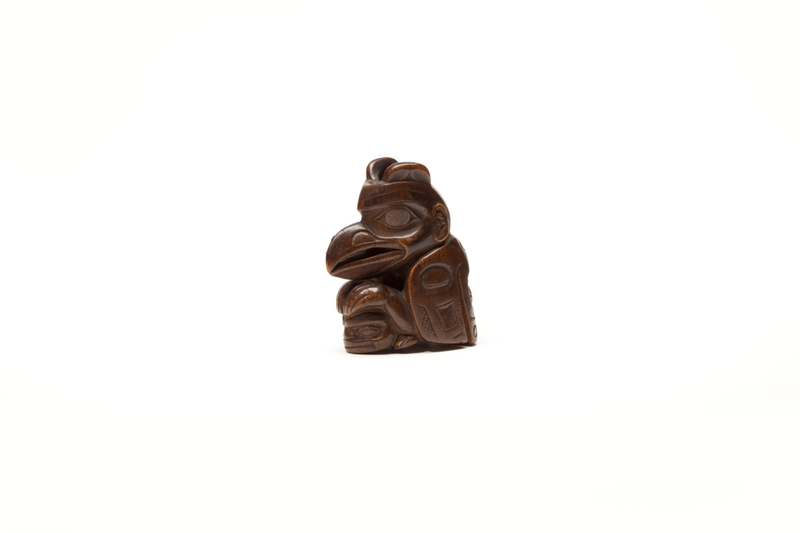
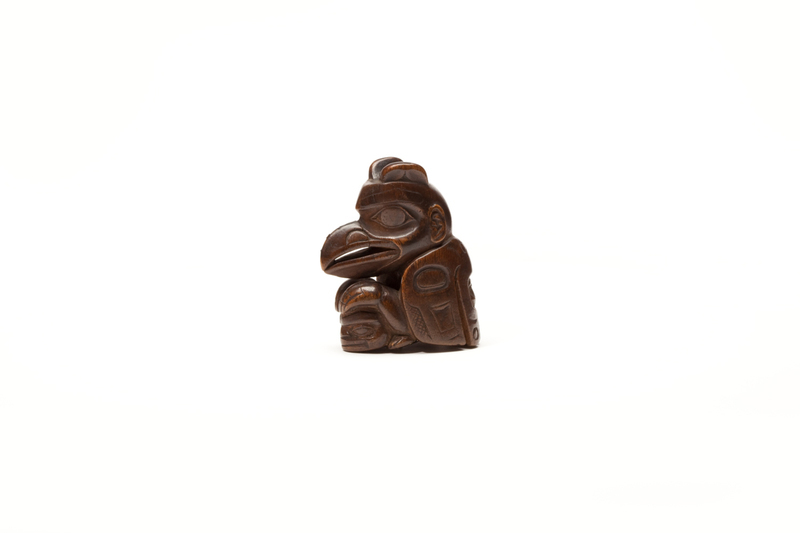
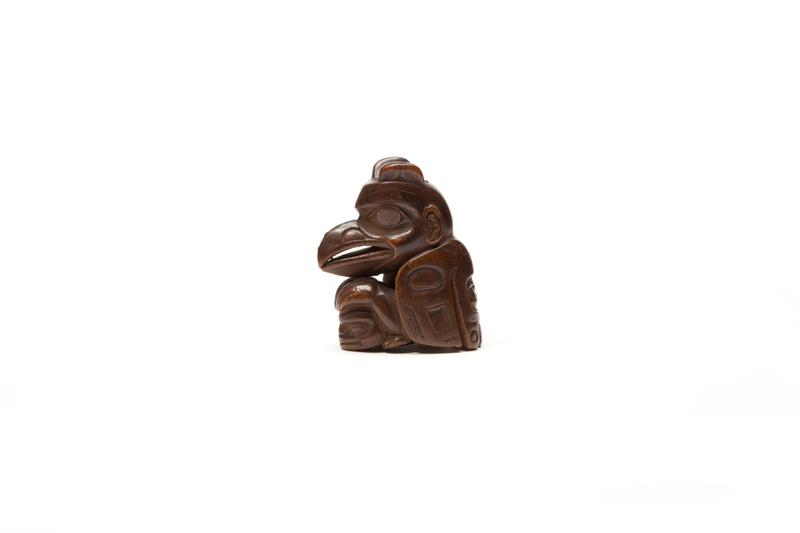
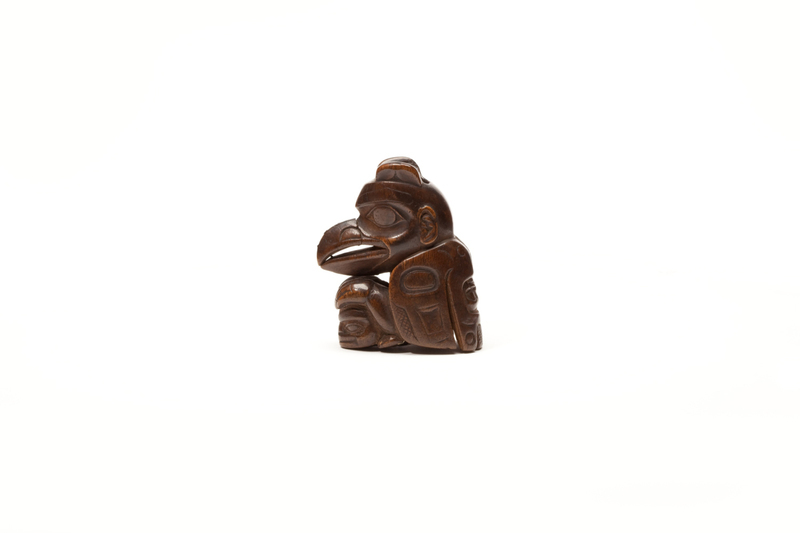
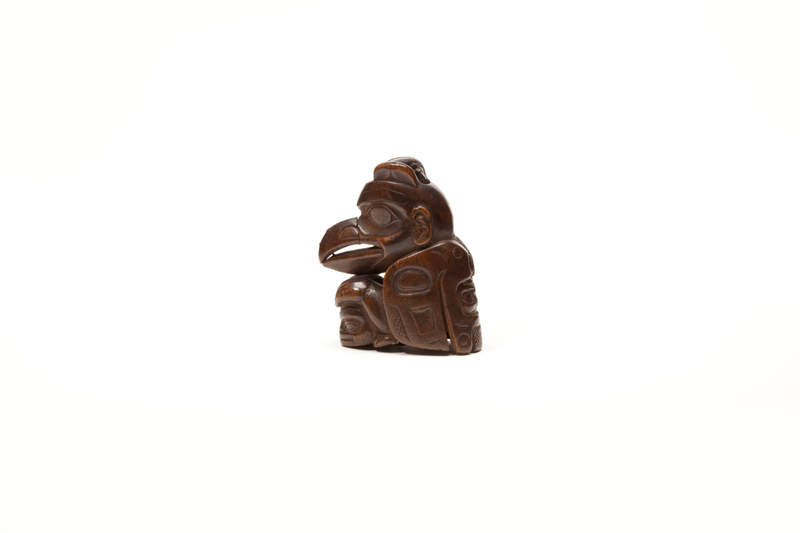
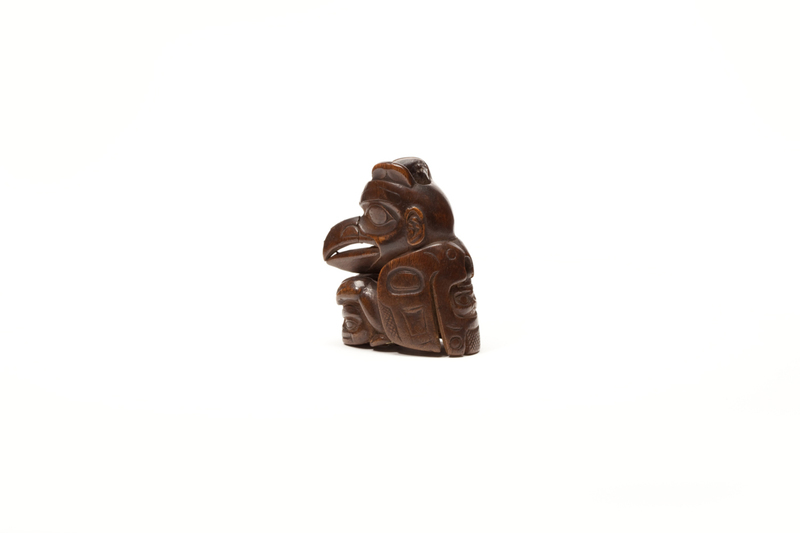
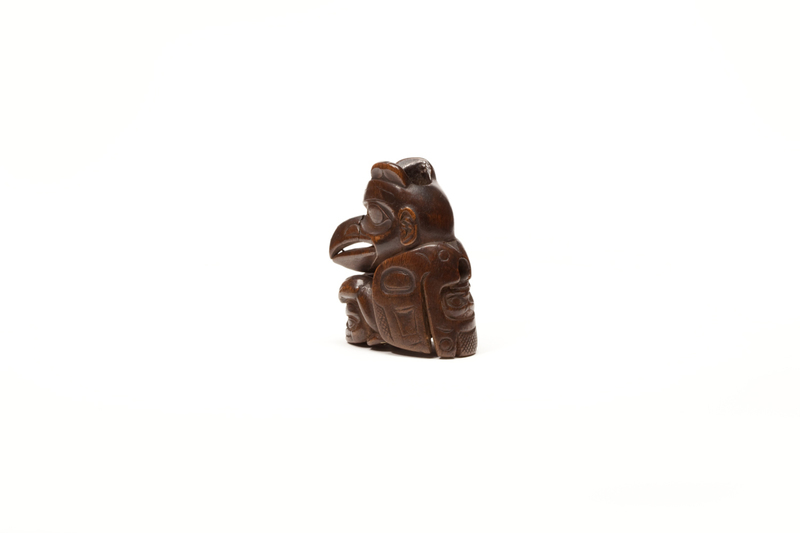
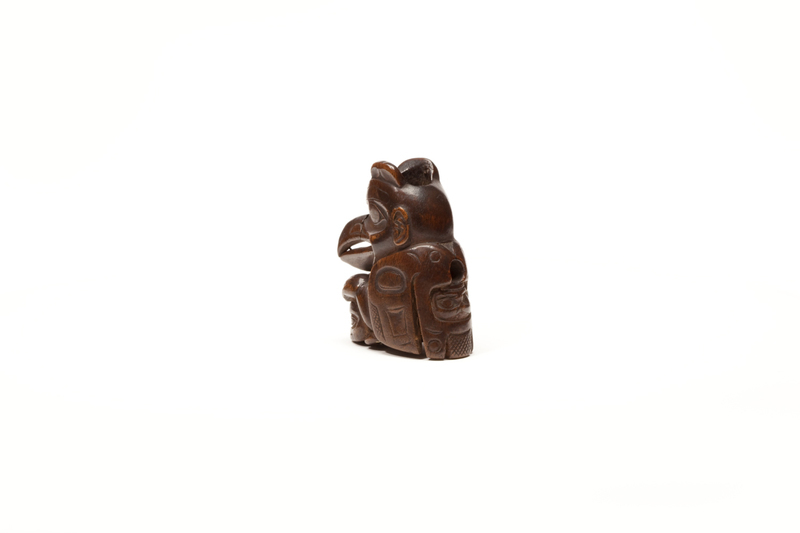
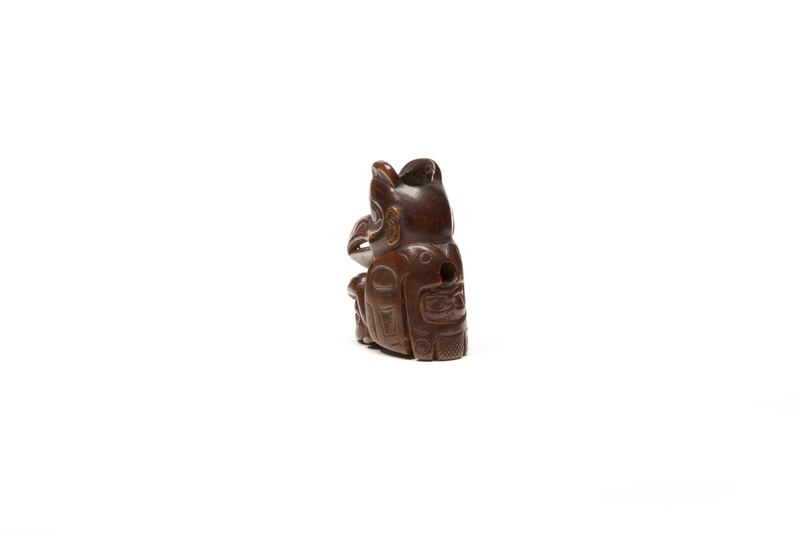

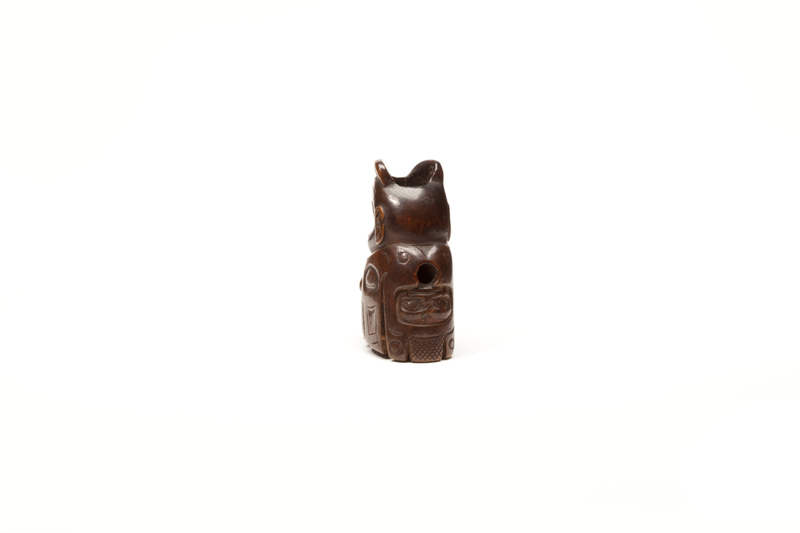
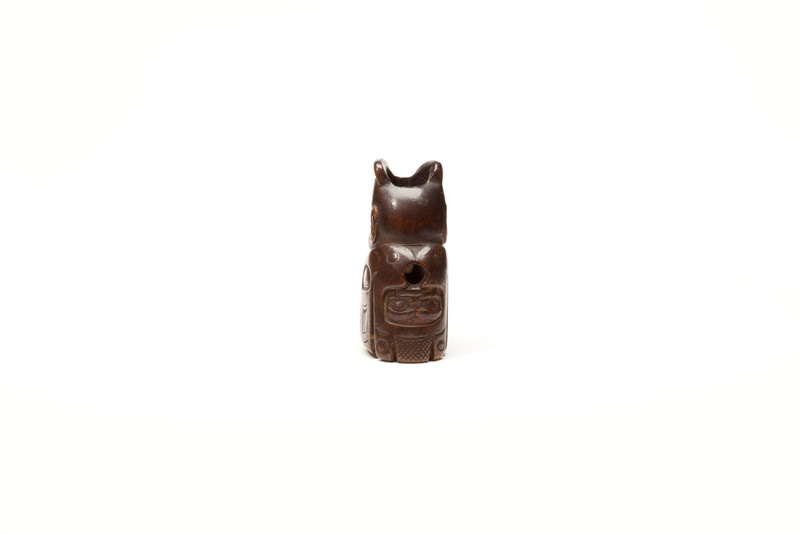

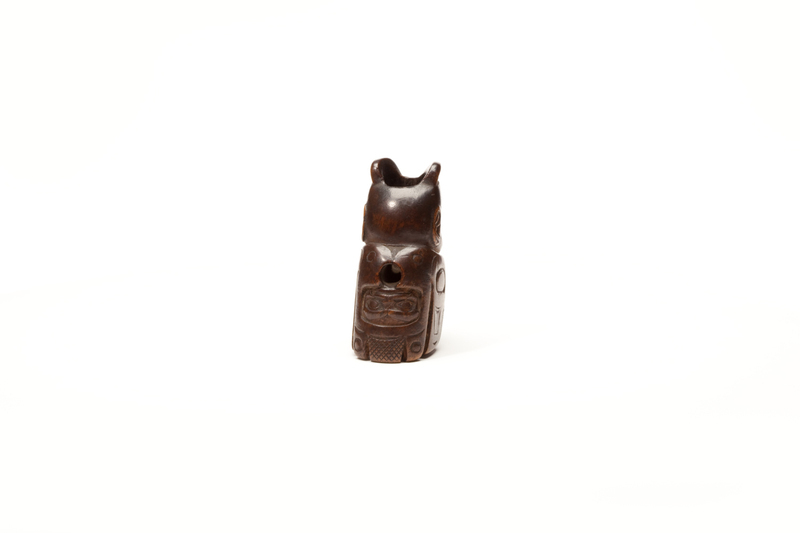
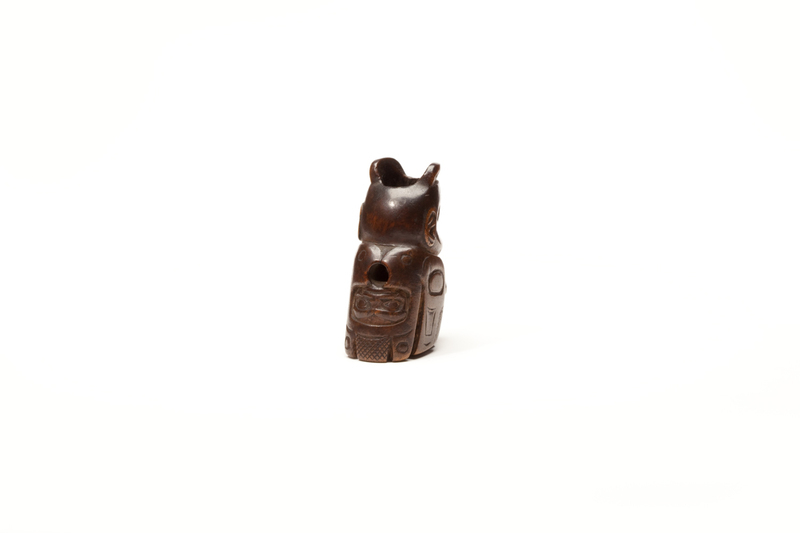
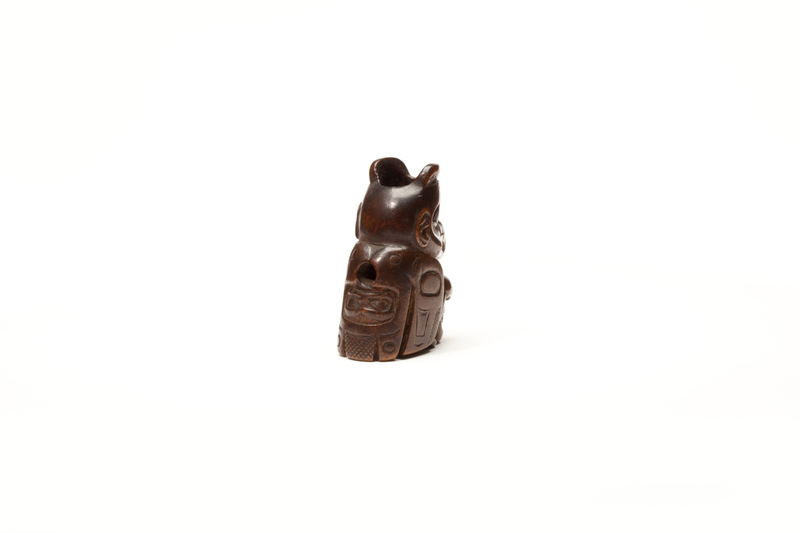
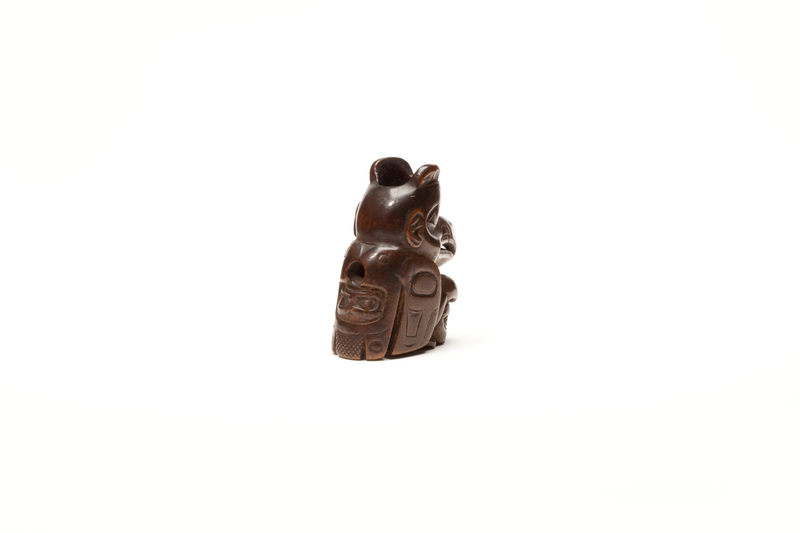
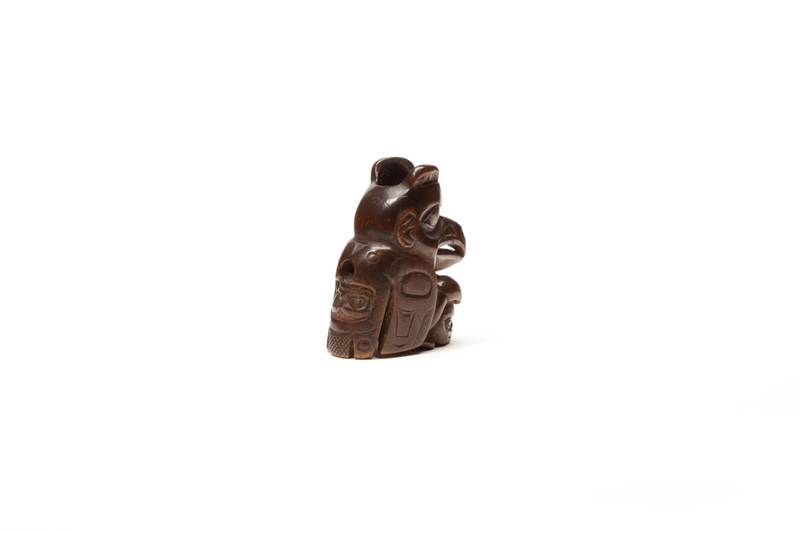
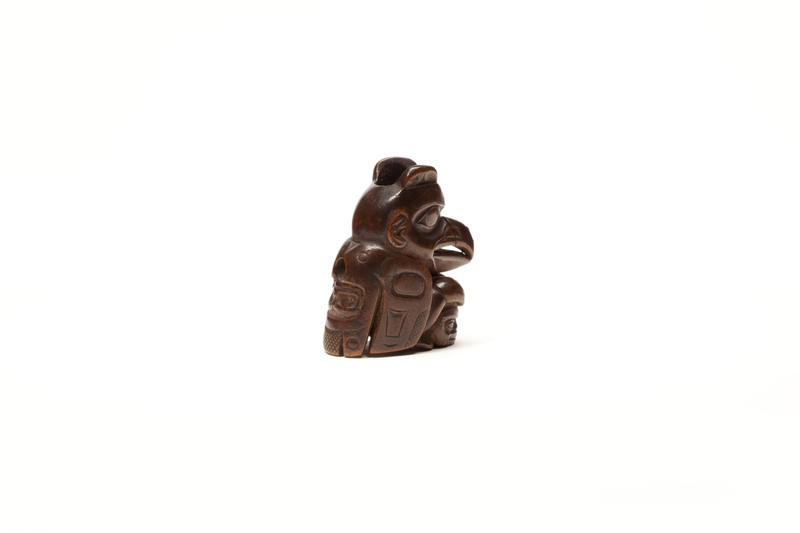

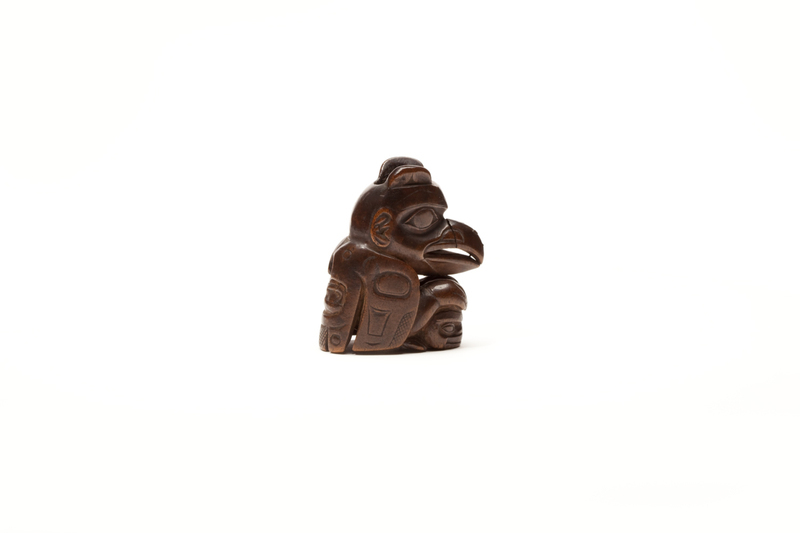
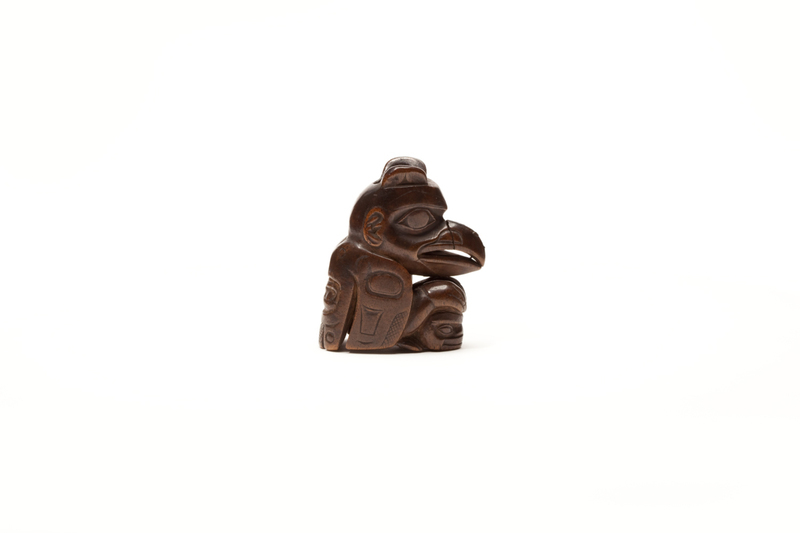

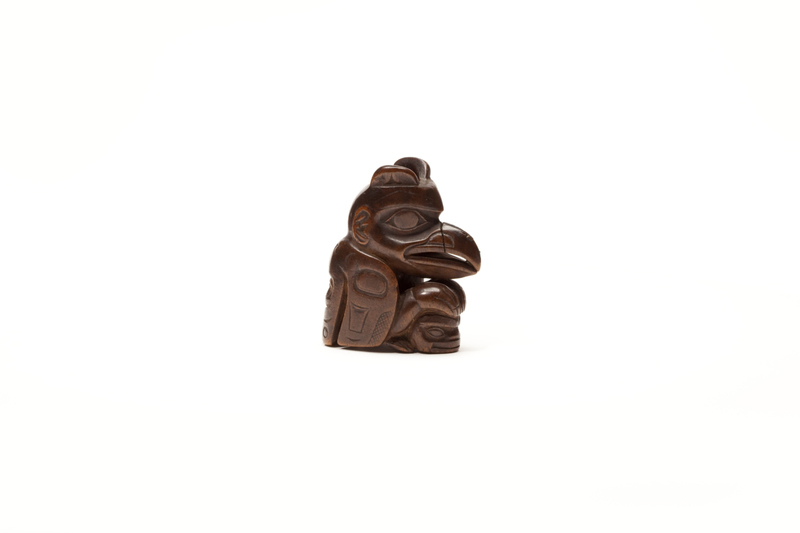
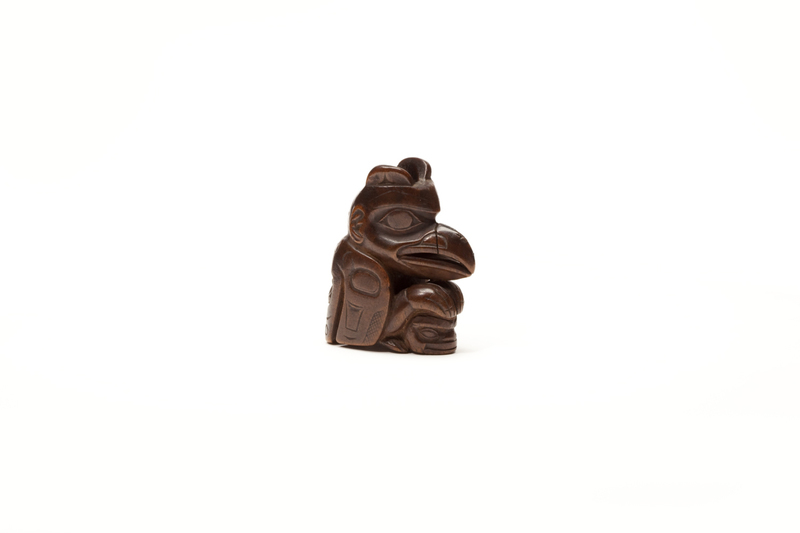
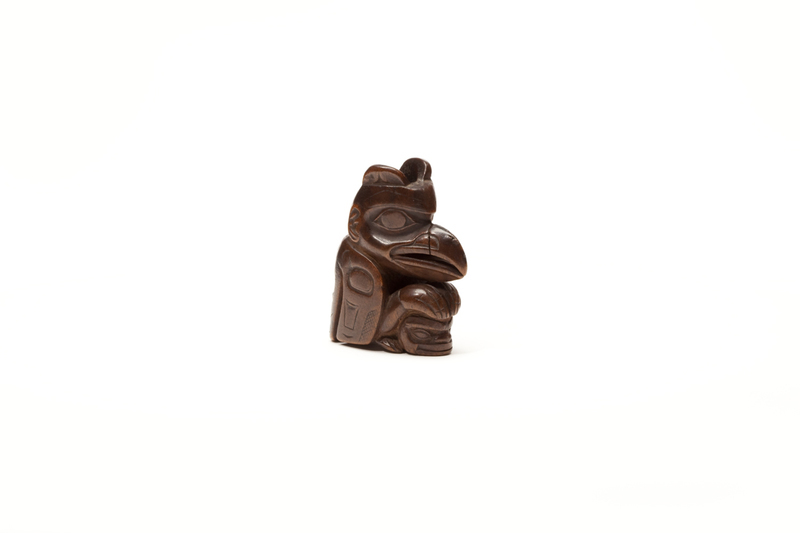
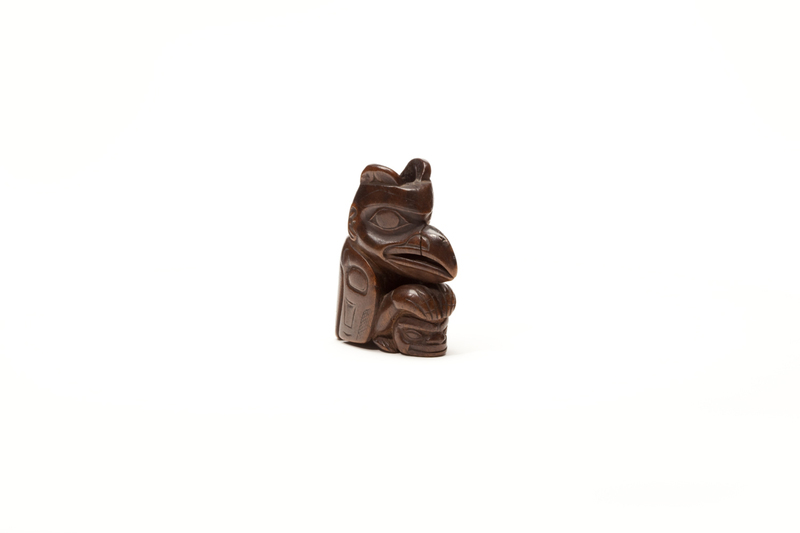

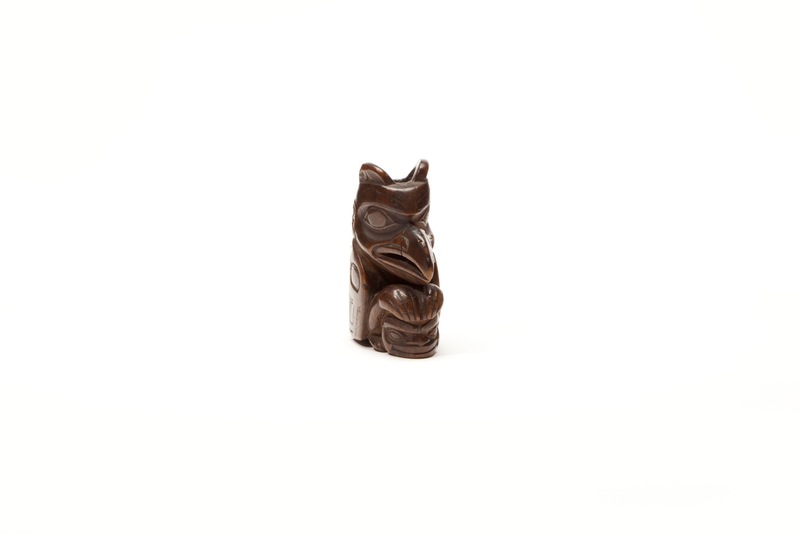
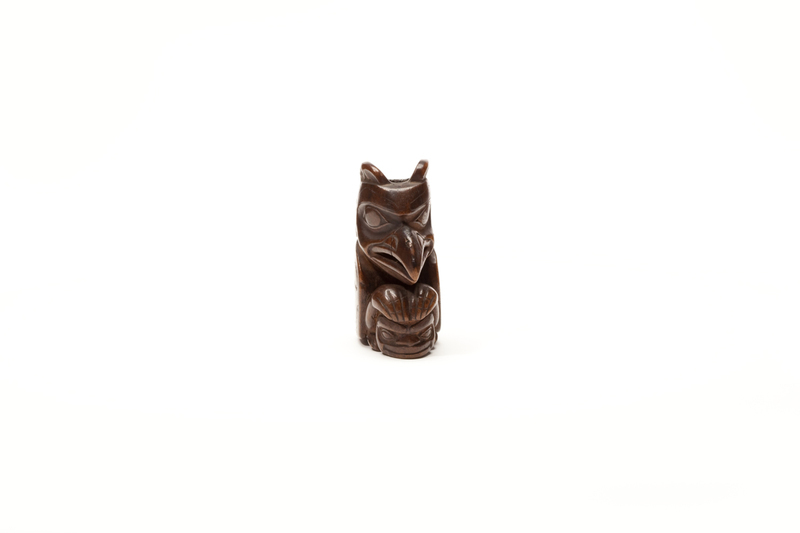

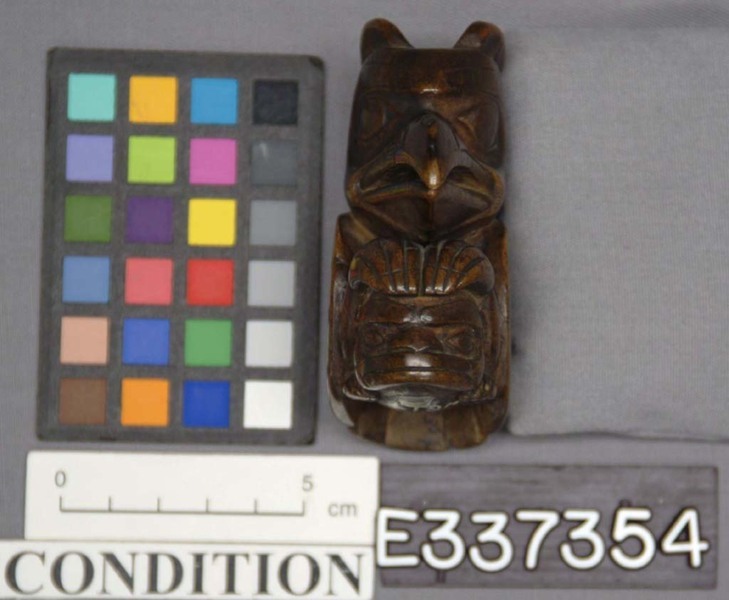
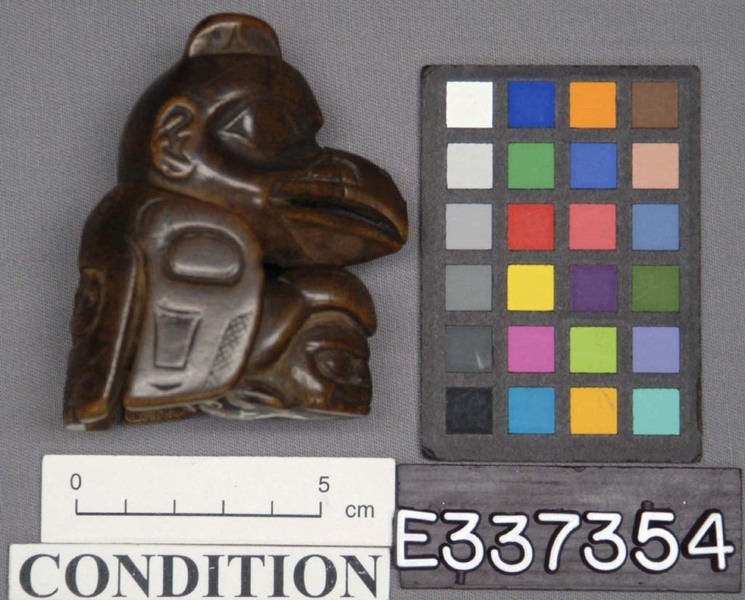
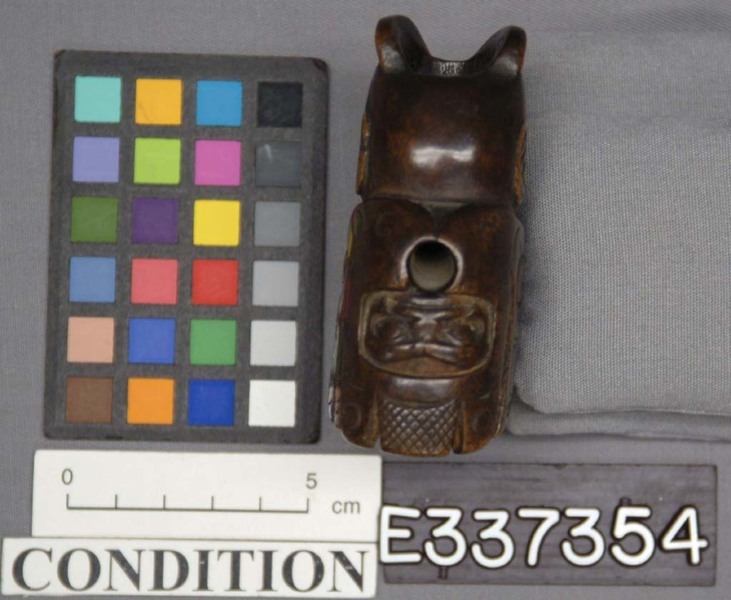
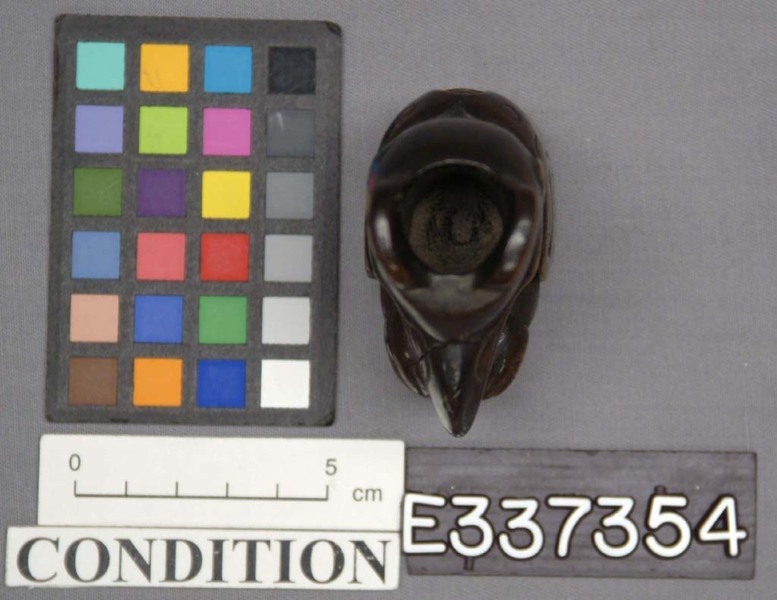
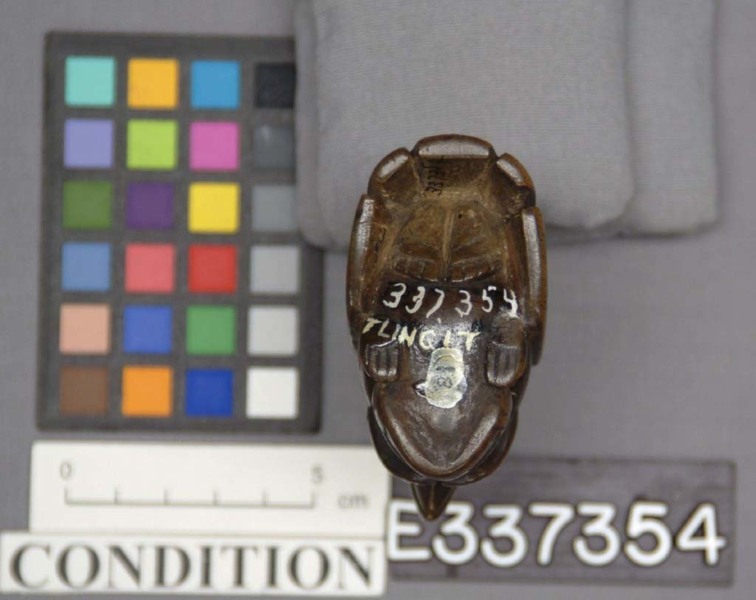

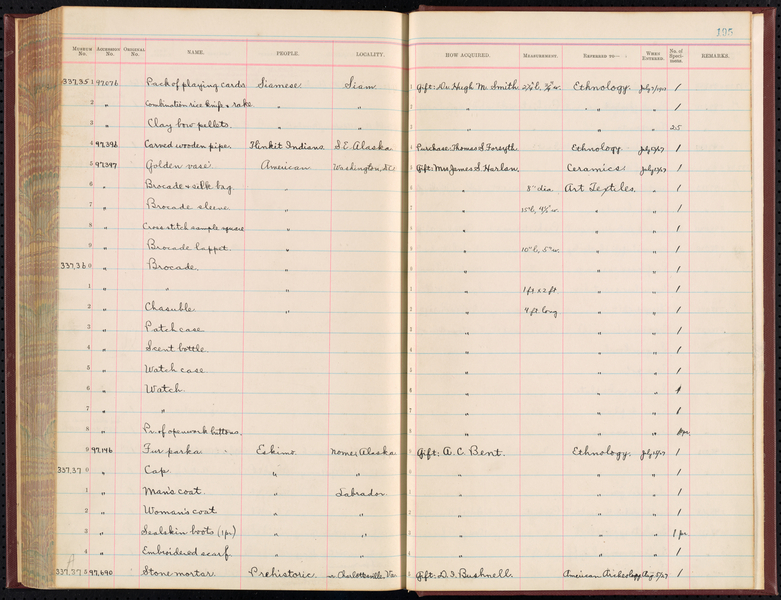
Notes
From card: "From the collection of Capt. Frederic Forsyth of Portland, Maine. Totemic carvings of squirrel, eagle, and a mythical creature. Illus. in ARSI, 1930; Pl. 17, upper left; p. 556. Illus. in The Far North catalog, Nat. Gall. of Art, 1973, p. 275." Illus.: Fig. 409, p. 294 in Fitzhugh, William W., and Aron Crowell. 1988. Crossroads of continents: cultures of Siberia and Alaska. Washington, D.C.: Smithsonian Institution Press. Identified there: Ceremonial raven pipe, Tlingit. "This pipe, carved as mythical Raven in partly human form, is monumental in concept but only eight centimeters high. Animal ears top his head, but human ears and tiny feet show him in a state of transformation. He grasps a human head with raven's claws. His formline wing and tail carvings cover him like a painted robe. Few objects epitomize the ceremonial, social, and aesthetic concepts of Tlingit art as well as this."Source of the information below: Smithsonian Arctic Studies Center Alaska Native Collections: Sharing Knowledge website, by Aron Crowell, http://alaska.si.edu/record.asp?id=692 , retrieved 11-28-2011: Pipe bowl After Western contact Tlingit carvers made crest pipes for smoking imported tobacco. The pipe bowl represents Raven grasping a human head; a hollow twig would have been used for the pipe stem. Smoking was part of many feasts and ceremonies.This object is on loan to the Anchorage Museum at Rasmuson Center, from 2010 through 2027.Information below is from the 2008 Anthropology Conservation treatment report by Michele Austin-Dennehy: The bowl was examined by Melvin Wachowiak of the Smithsonian Museum Conservation Institute on 10/10/2008 at ACL. He examined the bowl on the gross level and with the stereomicroscope. The gross characteristics are consistent with black walnut. The anatomical features are fairly distinct, even through the coating and wear. He is fairly certain that it is black walnut. A very similar pipe with the same height and similar style is pictured noting that the wood for the pipes often came from walnut musket barrels that made fine pipe bowls because the walnut was a fine carving wood. See p. 100 of Holm, Bill 1983 The Box of Daylight, Northwest Coast Indian Art. Seattle: University of Washington Press.
Item History
- Made in Alaska, USA
- Collected by Capt. Frederic Forsyth in Alaska, USA
- Received from Thomas S. Forsyth on July 5, 1927
What
- Name
- Wooden Carved Pipe Bowl
- Identification Number
- E337354-0
- Type of Item
- pipe
Who
- Culture
- Tlingit
- Field Collector
- Capt. Frederic Forsyth
- Received from
- Thomas S. Forsyth
Where
- Holding Institution
- National Museum of Natural History
- Made in
- Alaska, USA
- Collected in
- Alaska, USA
When
- Acquisition Date
- on July 5, 1927
Other
- Accession Number
- 097396